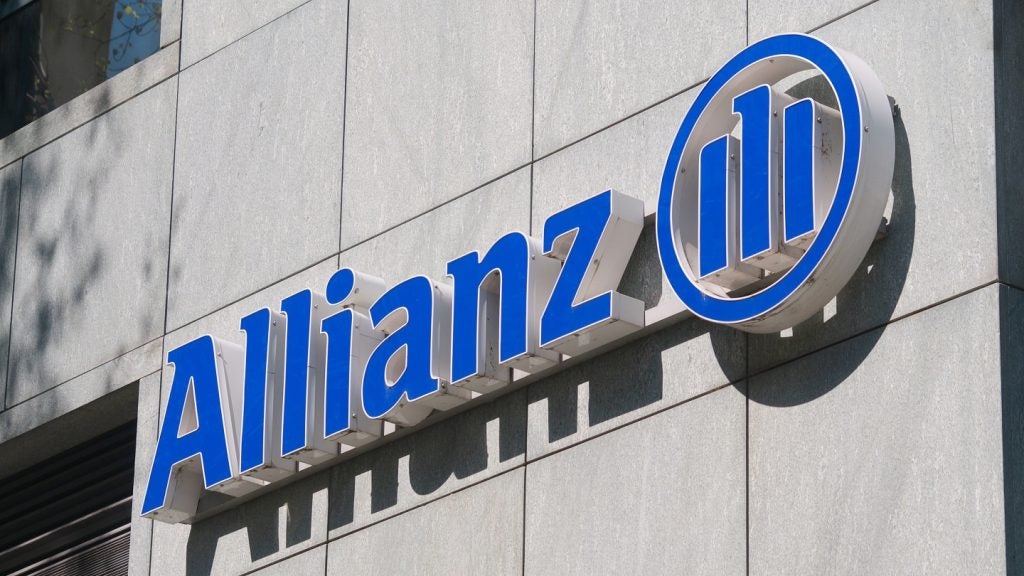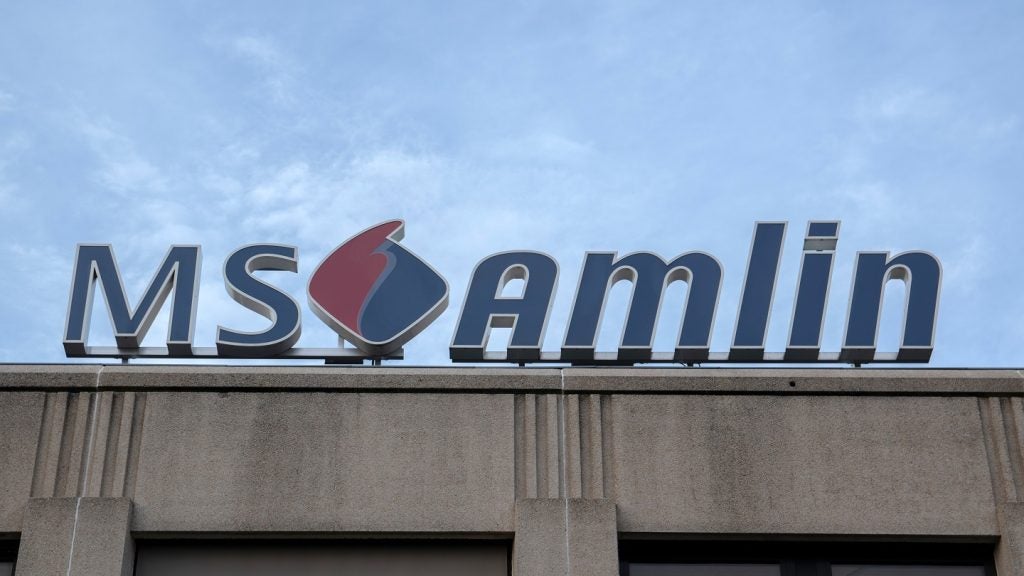 There is no end
There is no end
in sight for the boom in the UK’s defined benefits pension scheme
risk transfer market, indicates a study by actuarial consulting
firm Hymans Robertson.
“Our analysis illustrates
that it won’t be long before £50bn ($80bn) of pension scheme risk
has been transferred to insurance companies and banks,” commented
James Mullins, Hymans Robertson’s head of buy-out
solutions.
Since the UK’s pension scheme
risk transfer market began in earnest some five years ago, risks
associated with about £30bn of pension scheme liabilities,
according to Hymans Robertson.
In 2010, £8.2bn of pension
scheme risks were transferred of which buy-ins and buy-outs
accounted for about £5.2bn and longevity swaps about £3bn. The
value of risk transfer deals completed in 2010 represented an
increase of 9.3% compared with 2009, and equalled the previous
record set in 2008.
In total, 175 deals were
completed in 2010 by nine solution suppliers. Leading the field in
value terms was Deutsche Bank’s wholly-owned unit Abbey Life which
completed a £3bn longevity swap for BMW in the first quarter. This
was Abbey Life’s only deal in 2010. It was also the only longevity
swap completed during the year.
In second place in 2010, in
value terms, was Rothesay Life which completed one deal worth
£1.3bn for British Airways. Formed in 2008, Rothesay Life is a
wholly-owned unit of US investment bank Goldman Sachs.
How well do you really know your competitors?
Access the most comprehensive Company Profiles on the market, powered by GlobalData. Save hours of research. Gain competitive edge.

Thank you!
Your download email will arrive shortly
Not ready to buy yet? Download a free sample
We are confident about the unique quality of our Company Profiles. However, we want you to make the most beneficial decision for your business, so we offer a free sample that you can download by submitting the below form
By GlobalDataThird in terms of value was
UK insurer Prudential which completed a single deal worth £892m for
GlaxoSmithKline. The deal also marked Prudential’s return to the
pensions risk transfer market after an absence of two
years.
In terms of the number of
deals, UK insurer Legal & General was light-years ahead of its
competitors, completing 115 deals in 2010. The value of these deals
was £882m, ranking the insurer fifth in terms of value.
Taking fourth place in terms
of value and second in terms of number was UK insurer Aviva which
notched up 30 deals worth a total of £873m.
Mullins predicted the 2011 UK
risk transfer market will register a “substantial increase” above
the value of deals achieved in 2010.
“There are several
multi-billion pound buy-ins and longevity swaps currently being
tendered and expected to complete in the first half of 2011,” he
noted.
“Furthermore, many providers
acknowledge that they are currently devoting serious resource to
around 20 similar projects for some of the UK’s largest pension
schemes.”
He continued that based on
the level of activity currently in the market, Hymans Robertson
expect one in four of the UK’s largest 100 listed companies to have
completed a “material” pension scheme risk transfer deal by the end
of 2012.
There are a number of factors
at work, Mullins said.
“Market conditions have
improved over the past year. Coupled with the change to the CPI
inflation measure, this means risk transfer deals are affordable
for many UK schemes.”
Another reason, according to
Mullins, is that banks and insurers are also offering new
flexibility to make risk transfers accessible to all pension
schemes.
He concluded: “There is a
snowball effect: the more schemes that tackle risk, the more
pressure there is on others to follow suit.
“The raft of final salary closures over the last two
years, and the impending restrictions on tax relief for high
earners’ pension contributions, are also increasing the demand from
schemes to reduce risk.”







